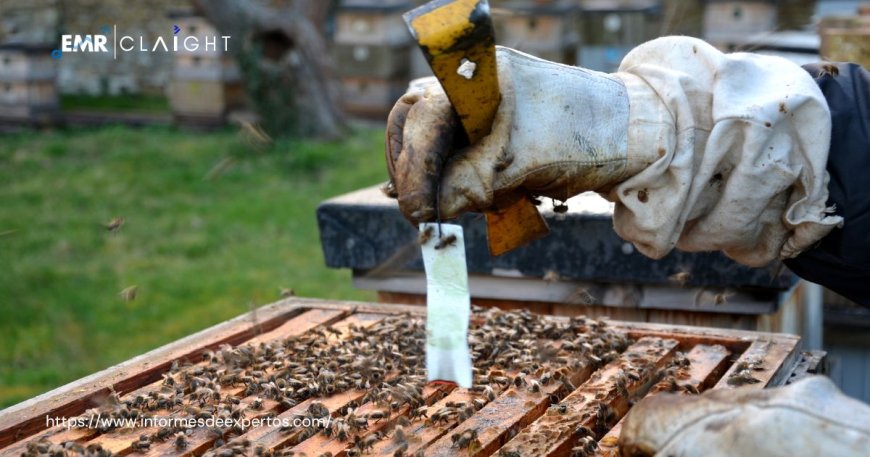Shielding Agriculture: Understanding the Acaricides Market

Acaricides, a crucial component of agricultural practices, play a pivotal role in safeguarding crops and livestock from destructive pests such as mites and ticks. In 2023, the acaricides market witnessed significant growth. Projections for the period of 2024 to 2032 indicate a Compound Annual Growth Rate (CAGR) of 5%, highlighting the market's anticipated expansion and its pivotal role in preserving agricultural productivity.
Understanding the Acaricides Landscape
Essential Pest Management Solutions
Acaricides serve as vital tools in integrated pest management strategies, offering targeted solutions to combat mites, ticks, and other harmful pests that threaten crops, livestock, and public health.
Varied Applications and Formulations
The market features diverse acaricide formulations, including sprays, powders, dips, and systemic treatments, tailored to different agricultural settings and pest control requirements.
Agricultural and Livestock Protection
Acaricides contribute significantly to protecting agricultural yields, enhancing crop quality, preventing diseases in livestock, and reducing economic losses caused by pest infestations.
Get a Free Sample Report - Acaricides Market Sample Report 2023-2028
Market Dynamics Driving Growth
Increasing Pest Infestation Challenges
Rising incidences of pest infestations, influenced by climatic changes and global trade, intensify the demand for effective acaricides to mitigate crop and livestock losses.
Technological Advancements in Formulations
Innovations in acaricide formulations focus on efficacy, safety, and environmentally friendly solutions, meeting regulatory standards and consumer demand for sustainable pest control.
Demand for Organic and Bio-Based Solutions
Growing consumer preferences for organic produce drive the market for bio-based and eco-friendly acaricides, aligning with sustainable agriculture practices and food safety standards.
Regional Insights
Acaricides Adoption in Agriculture
Regions with intensive agricultural activities, such as North America, Europe, and Asia-Pacific, witness substantial adoption of acaricides to protect crops and ensure yields.
Livestock Industry Impact
The livestock industry, particularly in regions like South America and Africa, relies on acaricides for controlling pests affecting animal health and productivity.
Challenges and Opportunities
Resistance Management
Addressing pest resistance to acaricides presents challenges, necessitating innovative formulations and integrated pest management approaches for sustainable pest control.
Research and Development Initiatives
Opportunities lie in research and development efforts focused on novel active ingredients and delivery systems to enhance acaricide efficacy and safety profiles.
Conclusion: Safeguarding Agriculture with Acaricides
The acaricides market remains pivotal in protecting agricultural produce and livestock, contributing to global food security and sustainability. With a projected CAGR of 5% during 2024-2032, the industry offers opportunities for innovation and collaboration to meet evolving pest management needs.
Embracing technological advancements, promoting sustainable pest control practices, and addressing resistance challenges will be instrumental for stakeholders navigating the crucial and evolving landscape of the acaricides market.












